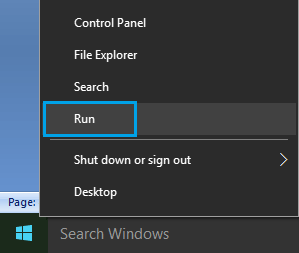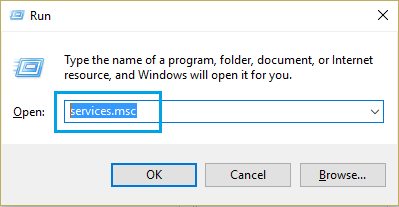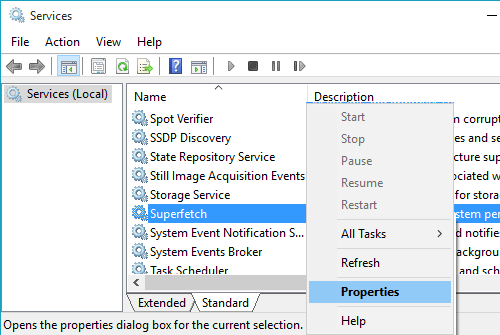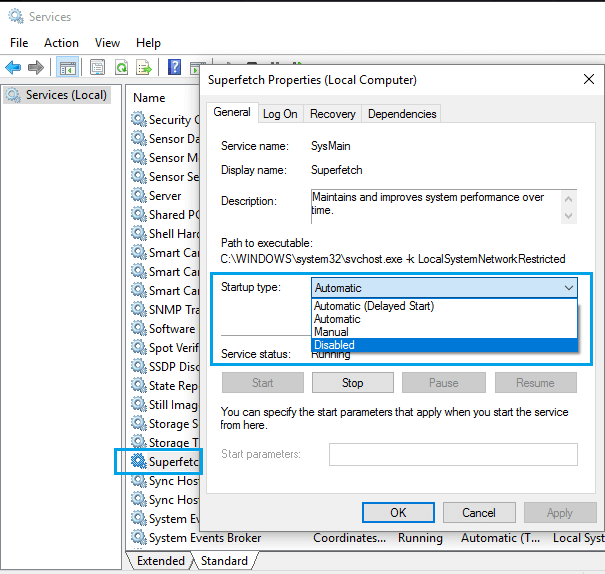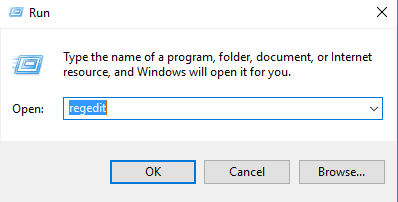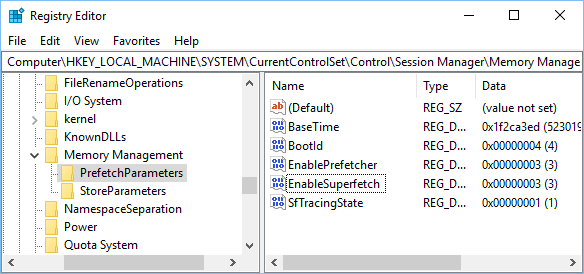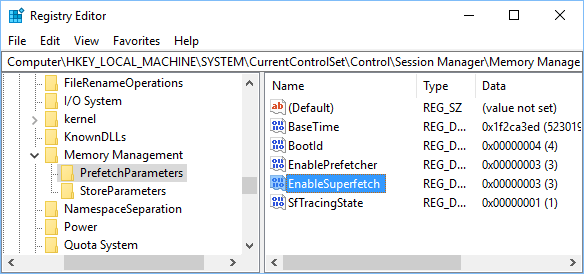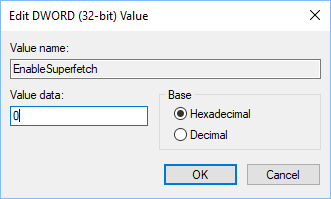SuperFetch Service in Windows 10?
The SuperFetch Service in Windows 10 is designed to catch frequently used program files and Pre-load them into RAM (Random Access Memory). This allows frequently used programs and Apps your computer to use cached files from RAM, instead of fetching files from the Hard Disk. In theory, this should speed up the overall performance of frequently used Apps and programs on your computer. However, the disadvantage of SuperFetch Service is that it can end up consuming all the RAM on your computer, which can be a problem on older computers or newer computers with low RAM capacity.
Whether to Enable or Disable SuperFetch in Windows 10?
While SuperFetch can improve the performance of certain applications, it is known to cause problems on older computers, newer computers with low RAM capacity and also on computers running RAM intensive applications. Hence, our recommendation would be to Enable or Disable SuperFetch depending on your own user experience and the type of computer that you are using. In case of older computers with less RAM (4 GB or Less) it makes sense to disable SuperFetch, especially if you are frequently running into High RAM Usage or 100% Disk Usage problems on your computer.
1. Disable SuperFetch in Windows 10
If you are experiencing High Disk Usage and other problems, you can follow the steps below to Disable SuperFetch service on your computer.
Right-click on the Start button and click on the Run.
In Run Command window, type services.msc and click on OK.
On the Services Screen, right-click on SuperFetch and click on Properties.
On SuperFetch Properties screen, set the “Startup type” to Disabled.
Click on OK to save the changes on your computer.
2. Enable or Disable SuperFetch Using Registry
You can also Enable or Disable SuperFetch Service by using the Registry Editor on your computer.
- Right-click on the Start button and click on the Run.
Note: You can also press Windows + R keys to launch the Run Command on your computer. 2. In Run Command window, type Regedit and click on OK.
On Registry Editor Screen, navigate to HKEY_LOCAL_MACHINE > SYSTEM > CurrentControlSet > Control > Session Manager > MemoryManagement > and click on PrefetchParameters Folder.
In the right pane, double-click on EnableSuperFetch entry.
In Edit DWORD pop-up, type “0” in “Value data” field to disable SuperFetch service on your computer.
Click on OK to save the changes and close the Edit DWORD screen. If you want to Enable SuperFetch, type 1 or 3 in the Value Data Filed and click on OK. 0 – Disables SuperFetch Service on your computer 1 – Enables SuperFetch only when program is launched 2 – Enables boot Prefetching 3 – Enables Prefetching of practically Everything on your computer. Note: If you cannot find EnableSuperFetch entry, you can create one by right-clicking on PrefetchParameters Folder and selecting New > DWORD Value.
How to Change Desktop Background in Windows 10 How to Check Processor Speed and Cores in Windows 10

